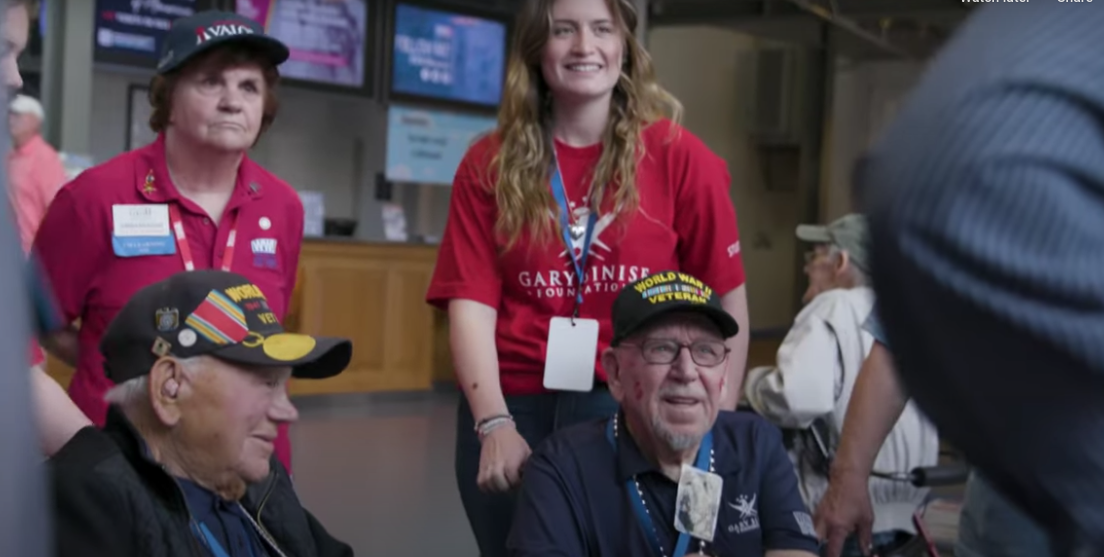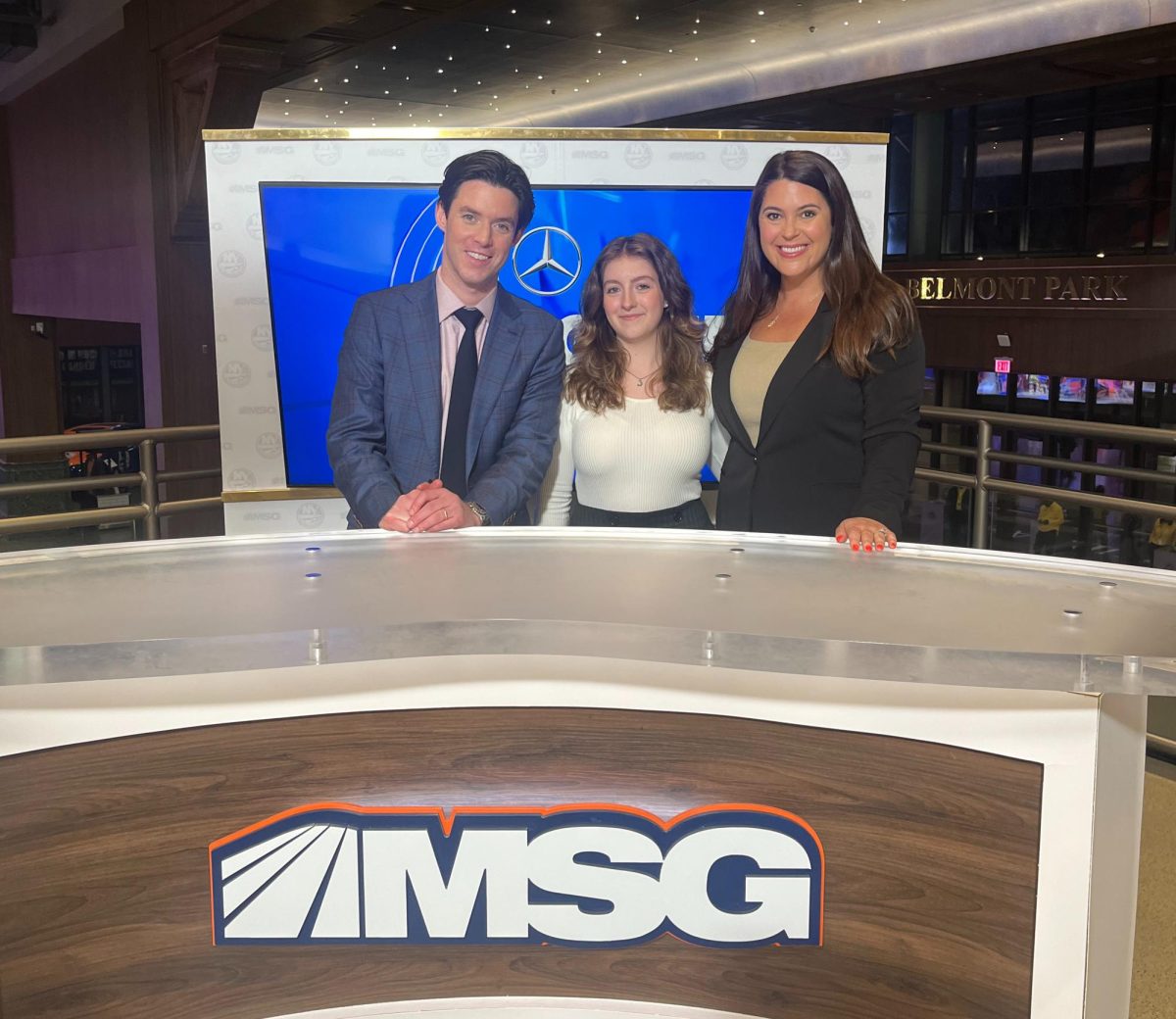
Each year, over 1,500 U.S. high school seniors enter America’s oldest and most prestigious science competition. Intel Science Talent Search features some of the brightest and most dedicated students. Four students from Wantagh High School donated their time and scientific minds to researching this summer and entered the competition.
Entering the Intel Science Talent Search requires time and intelligence. Forty seniors are selected as finalists and then are flown to Washington D.C. to compete for scholarships that total over $1 million. Of the four students who entered the Intel STS competitions, two were selected by Ms. Cahill and a committee of staff members (Mr. Brown, Mr. Boyle, and Mrs. Sebastiano) to represent Wantagh at LISEF and NYSSEF, two other science competitions.
Peter Mountanos was one of the aforementioned students selected as a representative of Wantagh High School. Mountanos’ summer was spent at Brookhaven National Lab. There, he conducted research under his mentor Dr. Yannis Semertzidis, the spokesperson for the Electric Dipole Moment (EDM) Collaboration. Mountanos tried to optimize some of the parameters needed to reach the accuracy levels needed to obtain results to satisfy the collaboration’s goal to provide answers on the matter-antimatter symmetry in the universe. This revolutionary objective would disprove the current “Standard Model” of Particle Physics. His specific tasks were to write computer programs to simulate experiments. Along with the research, he gained a superior education in graduate level physics and math. In addition to these astronomical achievements, Mountanos wrote computer programs in several languages.
His intellect is inarguable, but the dedication to the program proved to be just as important in building proper research to be entered into the Intel STS competition. Before Mountanos could properly work on simulations, he had to learn to program. To do this, he attended lectures to further his knowledge on the subject at hand. Completing the grueling research was just the beginning. From there, he wrote several essays, and his final paper was submitted at twenty two pages.
Through the unimaginable workload, Mountanos gained knowledge that not many high school seniors could dream of attaining. He hopes to create his own company focused on computers, like Apple or Facebook. He would like to go to either MIT, UPenn, or Yale next fall. “For anyone who wants to do research over the summer, there are going to be points in your research where you aren’t going to understand anything,” said Mountanos. “But you need to work hard, and eventually it will all come together. Be relentless.”
The other bright science researcher chosen to represent Wantagh at LISEF and NYSSEF competitions, Elaina Mansley, began her research in hope to confirm her interest in science research. She spent her summer at Adelphi University. Her mentor was a professor there who taught Mrs. McGratty-White (Mansley’s science research teacher.) Her research involved molecular plant genetics and botany. From there, she created an experiment which was conducted to find a way to allow plants to thrive in a salty environment. Her main goal was achieved this summer, undoubtedly, she was going to enter in the science field in the future. Mansley hopes to do this in a Fordham Columbia combined program, as an aspiring biomedical engineer.
When chosen by the committee, Mansley felt the first hit of satisfaction and felt her time was spent wisely researching. She is honored to represent her school in these competitions. She hopes to contribute to the program at Wantagh and set a positive example as one of the first representatives at these science competitions.
The first semester of her senior year was dedicated to writing this paper, rather than the bittersweet feeling of preparing herself to graduate. Mansley’s paper was 20 pages of original research, and unique in that she had never written anything like it before. After constant editting, rewriting, and revision, she found mistakes even after submission. Her remarkable dedication should be interpreted as inspiration.
Dan Charytonowicz, inspired by his mother’s 20 years of research in the complexities in the genetics behind cancer, has spent 3 summers researching, even before high school. The research this past summer was based on Autism, he did this under Dr. Mariana Lazar’s guidance. Autism affects 1 in 100 children, and in effort to numerically describe the difference in neural activity between a healthy brain and one affected by Autism, Charytonowicz spent his summer at New York University.
Charytonowicz hopes to attend either Duke or Yale next fall, and he hopes to apply his intelligence in the field of neurosurgery. Along with the rigors of surgery, he hopes to research prosthetics and innovate further for more life-like organs and other prosthetics.
Katharine Boyce performed research at Memorial Sloan Kettering Cancer Center. Her days were consumed with flies. In hope to innovate therapy for humans with muscular dystrophy, Boyce worked to map a mutation in the fly genome. Flies and humans have muscles that are surprisingly very structurally similar. Rather than on the beach, her days were spent locked in a laboratory studying flies to better those with muscular dystrophy.
The complexities of the Intel competition outweigh the seemingly nonexistent ease of the process, but after careful examination of the stories of the few Wantagh students, the formula to succeed becomes one that anyone could apply, not just those who excel in science and mathematics. Dedication accompanied with hard-work and drive result in focus and ultimately leave the subject with accomplishment and pride in their efforts.
Wantagh’s Brightest Chase Intel Dreams
Kiera Fitzpatrick, Editor-in-Chief
February 9, 2012












